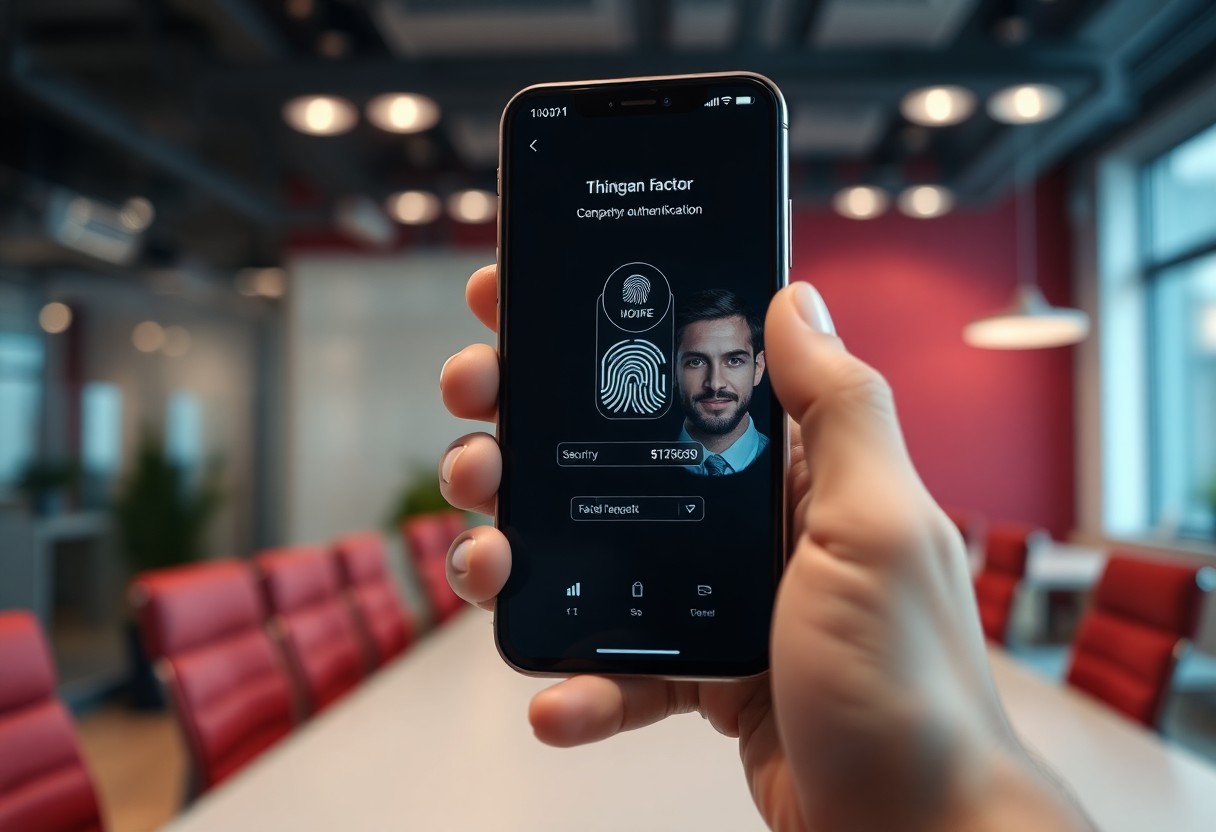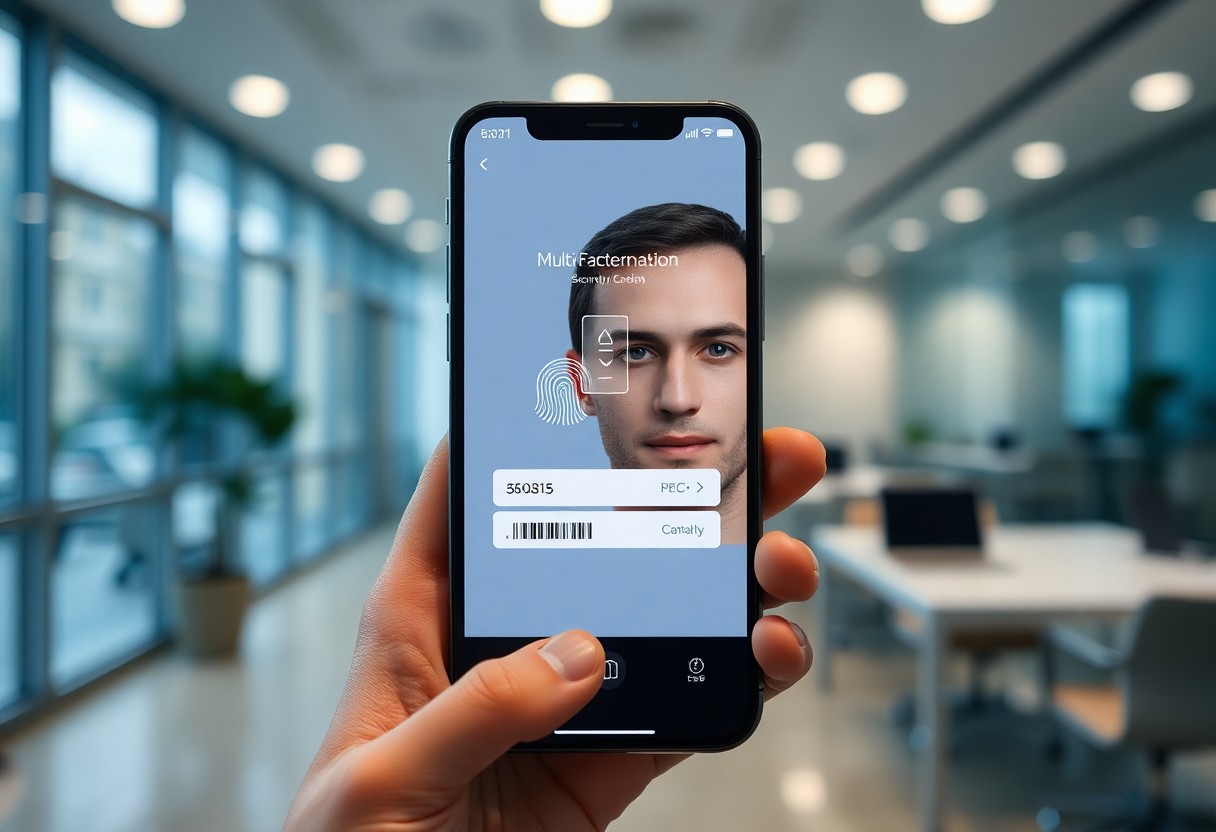What Intricacies Surround The Implementation Of Multi-Factor Authentication (MFA) For Optimal Security?
It’s important for you to understand the intricacies that come with implementing multi-factor authentication (MFA) in your security protocols. While MFA significantly enhances your protection against unauthorized access, navigating the setup can pose challenges that may surprise you. From choosing the right factors to ensuring a seamless user experience, each step requires careful consideration. This post will research into those nuances and offer tips to help you effectively integrate MFA into your security strategy, keeping your data and assets safe in an ever-evolving digital landscape.
Key Takeaways:
- User Experience: Implementing multi-factor authentication (MFA) can complicate the user experience, potentially leading to resistance or frustration if not designed thoughtfully.
- Integration Challenges: Ensuring compatibility with existing systems and applications can pose significant integration challenges, requiring careful planning and testing during implementation.
- Cost Implications: The implementation of MFA often comes with costs related to technology, training, and ongoing maintenance, which organizations need to factor into their security budgets.

Understanding Multi-Factor Authentication
Your online security is more important than ever, and Multi-Factor Authentication (MFA) stands out as a powerful tool to protect your accounts. By requiring multiple forms of verification, MFA adds layers of security that significantly reduce the risk of unauthorized access. This approach ensures that even if one factor is compromised, your account remains shielded from intruders.
What is MFA?
Along with standard passwords, Multi-Factor Authentication (MFA) incorporates additional verification methods, such as temporary codes, biometrics, or security tokens. This multi-layered system provides extra protection, making it more difficult for cybercriminals to breach your accounts.
How Does MFA Work?
Before implementing MFA, your identity is typically verified through something you know (like a password) and supplemented with something you have (like your smartphone) or something you are (like your fingerprint). This layered approach ensures that gaining access to your account requires more than just a stolen password.
This multi-step process typically starts when you log in with your username and password, followed by an additional verification step. You may receive a one-time code via SMS, use a confirmation app, or scan your fingerprint. Each method acts as a strong deterrent against unauthorized access, as it requires immediate possession of your second factor. By adopting MFA, you not only enhance your security but also gain peace of mind knowing that your sensitive information is better protected.
Benefits of Implementing MFA
Any organization looking to bolster its security will find that implementing Multi-Factor Authentication (MFA) offers a variety of benefits. It not only enhances protection against unauthorized access but also helps in minimizing the risks of data breaches. By adopting MFA, you can create an environment where your sensitive information is safeguarded and your users feel secure knowing their accounts are well-protected.
Enhanced Security
Between passwords, biometric data, and authentication apps, MFA provides multiple layers of defense against potential threats. Even if a malicious actor manages to acquire your password, they won’t be able to access your account without the additional factors. This makes it significantly harder for cybercriminals to succeed, giving you peace of mind regarding your online security.
User Trust and Confidence
Enhanced user trust comes from making security a priority. When you implement MFA, your customers and employees will feel more secure knowing that their personal data is protected. This trust can lead to better customer relationships and can enhance your organization’s reputation in the market.
Understanding the impact of security on user confidence is crucial for any organization. When you prioritize Multi-Factor Authentication, you demonstrate to your users that you value their privacy and security. This proactive approach not only fosters trust but also encourages users to engage more with your services, knowing they are safe. Consequently, you can build a loyal customer base that appreciates the efforts taken to protect their sensitive information, ultimately benefiting your brand’s reputation in the long run.
Challenges in MFA Implementation
Not every organization finds seamless integration of Multi-Factor Authentication (MFA) simple. Various challenges can crop up, including user resistance, cost considerations, and technical limitations. These hurdles can hinder the implementation process, affecting both security enhancement and user experience. You must recognize these challenges to effectively navigate and mitigate risks during MFA deployment.
User Resistance
Before adopting MFA, many users hesitate due to the perceived inconvenience and extra steps involved. This resistance can stem from a lack of understanding about its importance or the mistaken belief that it complicates their daily tasks. Engaging with your users to illustrate the security benefits can help ease their concerns and encourage adoption.
Cost Considerations
By looking at the financial implications, you can better prepare for MFA implementation. While some MFA solutions can seem expensive upfront, the long-term benefits often outweigh the initial investment.
At the same time, be aware that neglecting these costs can be dangerous. You should factor in not only the direct expenses of purchasing MFA systems but also the ongoing maintenance and training costs. Investing in effective MFA can save your organization from potential security breaches that could lead to expensive damages and breaches of trust with your customers. Ultimately, the right approach can enhance your security posture without breaking the bank.
Best Practices for Effective MFA Deployment
To ensure your multi-factor authentication (MFA) is effective, it’s necessary to adopt best practices that enhance your overall security. Start by implementing various authentication methods, ensuring a seamless experience for users while strengthening access controls. Regular training and awareness for your team will also help foster a security-first mindset. You should periodically review and refine your MFA policies to adapt to evolving threats, protecting your digital assets effectively.
Choosing the Right Authentication Methods
Behind every successful MFA implementation lies the selection of appropriate authentication methods, tailored to your organization’s needs. It’s necessary to balance security and user convenience, incorporating methods like SMS codes, authenticator apps, or biometric options. Testing different methods can help you find the right fit that minimizes friction for users while maximizing security.
Regularly Updating Security Protocols
Among the vital components of your security strategy is the regular updating of your MFA protocols. Staying current with the latest threats and advancements in technology ensures that your defenses remain robust against potential breaches.
Further, establishing frequent review cycles for your security protocols allows you to evaluate their effectiveness and make necessary adjustments. This may involve integrating newer authentication methods, such as biometric recognition or hardware tokens, improving your overall protection. Additionally, maintaining open lines of communication with your team about the importance of these updates empowers you to respond proactively to any emerging vulnerabilities. Regular updates not only enhance your security posture but also instill confidence in your users, knowing their data is well-protected.
The Future of MFA Technology
Many organizations are exploring innovative ways to enhance security through the evolution of Multi-Factor Authentication (MFA). This technological progression is set to redefine user experiences, making security seamless while still crucially protective. As the digital landscape grows, the future of MFA is geared towards more sophisticated methods that prioritize user convenience alongside enhanced protection.
Trends to Watch
Future advancements in MFA will focus on user-friendly systems, biometrics, and AI-driven security protocols. These trends aim to simplify access while maximizing security measures, enabling you to enjoy peace of mind in your digital interactions.
Integration with Emerging Tech
With the rapid advancements in technology, MFA is evolving to incorporate new innovations like AI, machine learning, and biometrics. This integration allows for personalized security measures that adapt to your behavior and preferences, enhancing your protection against potential threats.
Understanding how MFA can synergize with emerging tech is vital for staying ahead of cyber threats. By leveraging AI-driven analytics, MFA can analyze your login patterns and proactively identify suspicious activities. Alongside this, biometric factors such as facial recognition or fingerprints can offer a more seamless user experience, allowing you to access your accounts with ease while still maintaining strong defenses. As you navigate these technologies, being aware of their benefits and potential vulnerabilities will greatly influence your security posture.
Final Words
As a reminder, implementing Multi-Factor Authentication (MFA) can significantly enhance your security, but it does come with its share of complexities. You may need to navigate user education, compatibility issues, and the management of multiple authentication methods. By being aware of these intricacies and planning accordingly, you can ensure a smooth transition to MFA while keeping your online activities safe and secure. Stay proactive, and enjoy the peace of mind that comes with stronger security measures!
Q: What are the different types of factors used in Multi-Factor Authentication (MFA)?
A: Multi-Factor Authentication typically involves three categories of factors: something you know (knowledge), something you have (possession), and something you are (inherence). Knowledge factors include passwords or PINs. Possession factors involve physical items, like security tokens, smartphones running authentication apps, or smart cards. Inherence factors pertain to biometric data, such as fingerprints, facial recognition, or voice patterns. Combining these factors enhances security by ensuring that even if one factor is compromised, unauthorized access is still unlikely.
Q: How does the user experience change with the implementation of MFA?
A: The user experience may be impacted by requiring additional steps during the authentication process. After entering a username and password, users might need to input a code received via SMS, use an authenticator app, or provide biometric verification. While this can initially seem inconvenient, many users recognize the heightened security benefits of MFA as a trade-off for the extra steps involved. Organizations often work to streamline the process, for instance, by utilizing single sign-on (SSO) solutions that minimize unnecessary logins while still enforcing MFA.
Q: What challenges do organizations face when deploying MFA solutions?
A: Organizations face several challenges when implementing MFA, including user resistance to change, integration with existing systems, and the management of various factors. Users may resist new methods if they believe it complicates their workflow. Additionally, integrating MFA with legacy systems might require significant technical adjustments. Organizations must also appropriately balance security with usability, ensuring solutions are effective without being overly burdensome. Ongoing education and support for users, along with choosing user-friendly MFA solutions, are vital strategies for addressing these challenges.
